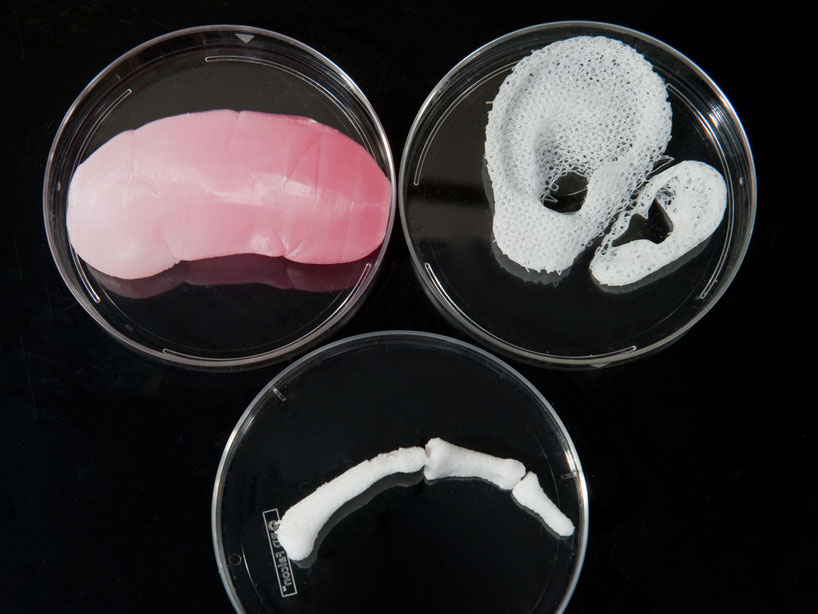KEEP UP WITH OUR DAILY AND WEEKLY NEWSLETTERS
PRODUCT LIBRARY
explore the top 10 production and concept cars of 2024, from returning vehicles like honda’s HP-X and luca trazzi’s porsche 911 speedster to design tributes as seen in the jaguar-inspired supercat.
broken pieces of soft mirrors are pieced together using medical cotton gauze and 18-carat gold finishing, while the electric components installed allow them to move autonomously.
to top off the recreated design, the studio includes a mcfly punk hoverboard and cap alongside a PEPSI bottle for their custom model.
using a model from 1990s, the trio turns the vehicle into an automotive art piece with boom boxes on the removable roof.





 anthony atala, professor and director of wake forest institute for regenerative medicine – holding a 3D printed kidney during his TED talk in 2011
anthony atala, professor and director of wake forest institute for regenerative medicine – holding a 3D printed kidney during his TED talk in 2011





